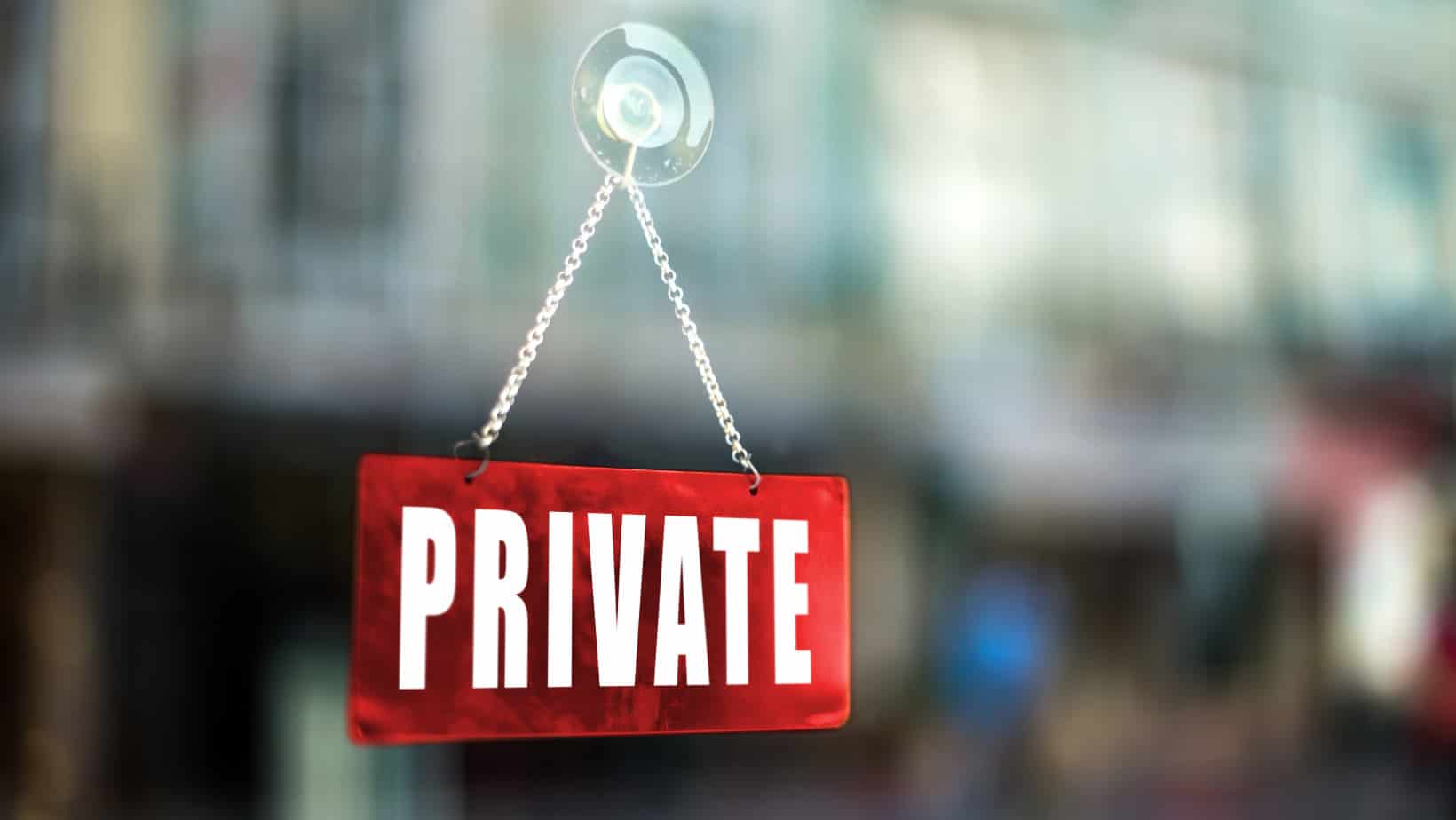
At the time, the “standard” sub-prime mortgage product was the 3/27 ARM.
The 3/27 had a few basic traits:
- A fixed, 3-year “starter rate”
- Every six months thereafter, the mortgage rate changed
- The formula by which it changed was (4.999 percent + 6-month LIBOR rate)
If the loan was interest only, it usually converted to principal + interest at the first adjustment, too.
Because the summer of 2005 was the peak of sub-prime lending, it makes sense that the summer of 2008 is the peak of sub-prime adjusting.
For homeowners with adjusting sub-prime loans, there is some (relative) good news out there.
Today, the 6-month LIBOR hovers near 3.15 percent, meaning that an adjusted mortgage rate will be in the neighborhood of 8.15 percent.
This is versus the rate of 10.30 percent that sub-prime borrowers faced last summer when LIBOR was much higher than it is today.
Adjustments of any size can strain a household budget, though, so if you’re a sub-prime borrower and your pending adjustment will cause financial strife, be proactive — talk to your lender before you miss a payment.
Lenders are often more willing to talk with “current” borrowers than with delinquent ones.
(Image courtesy: Washington Post)


